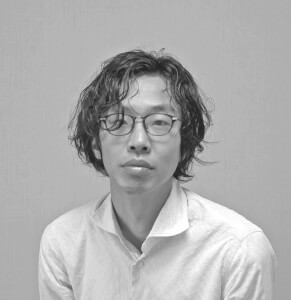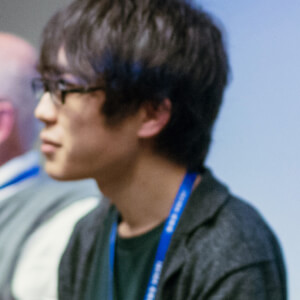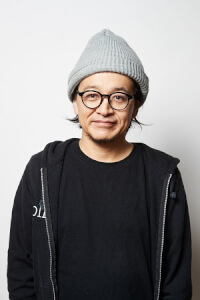Cephalopod squid utilize organs called chromatophores for camouflage and communication. In this artist talk, we will introduce our ongoing project Chromatophony, a work that makes a unique application of chromatophores, and try to develop it as “A Living Image”, new mode of expression that replaces pixels.
With respect to pixels, the elementary unit of digital images, it is possible to trace their origin back to the intersection of technology and aesthetics in the nineteenth and twentieth centuries. Sean Cubitt (2004) and Alexander Galloway (2009) have pointed out the genealogy of this means of expression to the pointillism of the neo-impressionist painters and the halfone technique invented as a photographic transmission. In this study, we place this work in such a historical perspective and view the squid chromophore as a natural pixel. In doing so, from the critical perspective on the digital image, we attempt to rediscover the living images that have been nurtured in the natural world.
It's well known that squid communicates with each other. They change the pattern and color for intimidating and courting by unique cells that contain pigments called chromatophores on their body surface. We performed an experimental audiovisual performance by sending audio signals as electrical stimuli to the squid chromatophores, using special electrodes. Chromatophores are usually controlled by electrical signals from the nerves, but can also be artificially stimulated by external signals. Ten, we measured the frequency response of chromatophores to the signals, and created music (i.e., collection of electrical signals) to match their frequency response. As a result, the way the individual dots flicker and create a pattern as a whole indeed comes to evoke the pixels in the digital image.
However, if the squid's body color change is an embedded part of the ecosystem, the images created from it would be tools for the device's survival: reproduction, intimidation, and escape from predators. Interestingly, the chromatophores are regulated not only by signals from the brain of the squid, but also by the photoreceptors of the chromatophores themselves responding directly to the external environment. In other words, unlike pixel-based digital images, Living Image, represented by Chromatophony, is both a manufacturer and a consumer of the device itself. In order to critically reconsider the current digital image, we will attempt to clarify the potential of the Living Image, which is based on ecological behavior and distributed control systems.
References
Cubitt, Sean. Te cinema effect. Mit Press, 2004.
Galloway, Alexander. "Pixel." Te object reader. Routledge, 2009. 499-502.
Chromatophony https://youtu.be/oeu3CWkiGvQ
Back








